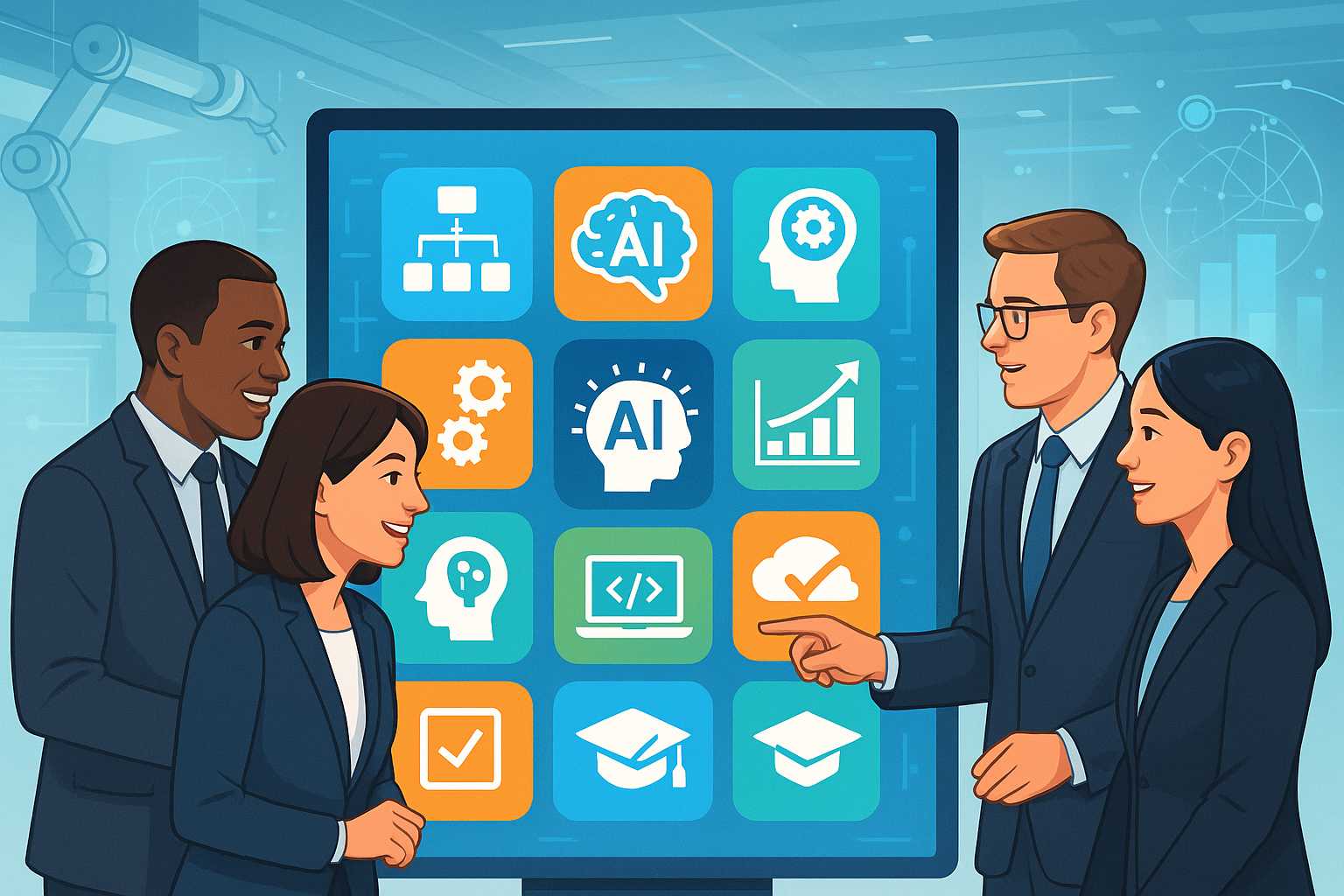The rapid integration of artificial intelligence (AI) and automation into the global economy is no longer a distant vision—it’s today’s reality. Businesses of all sizes are feeling both the pressure and promise of these technological shifts. To thrive in this environment, organizations must prioritize reskilling their workforce. But where should companies start, and what are the tangible benefits of investing in AI-focused training?
A Growing Skills Gap
According to recent studies, a significant portion of employees fear that AI-driven automation may displace their current roles within the next five years. Yet, the positive flip side is emerging: new positions are being created as technology unlocks new business models and ways of working. The challenge lies in closing the skills gap by ensuring today’s workforce can meet tomorrow’s demands.
Why Reskilling Makes Business Sense
Reskilling isn’t just about job security; it’s a strategic investment. Organizations that help their teams build digital and analytical skills are reaping benefits, including higher employee retention, increased productivity, and improved adaptability to market changes. Moreover, those who upskill their teams report stronger morale and better alignment between business goals and employee aspirations.
Approaches to Effective Reskilling
Successful reskilling programs blend technical training (such as data analysis, coding, or understanding AI systems) with soft skills development—critical thinking, creativity, and emotional intelligence. Many firms are partnering with edtech providers, leveraging microlearning platforms, and even tapping into AI-powered personalized training solutions.
The Path Forward
For business leaders, the imperative is clear: prioritize the development of learning cultures and provide ongoing, flexible learning opportunities. For professionals, embrace a mindset of lifelong learning, proactively seeking ways to develop skillsets relevant to the AI era.
Reskilling is no longer optional. It’s the cornerstone of organizational resilience, competitiveness, and growth in an AI-driven world.


Leave a Reply